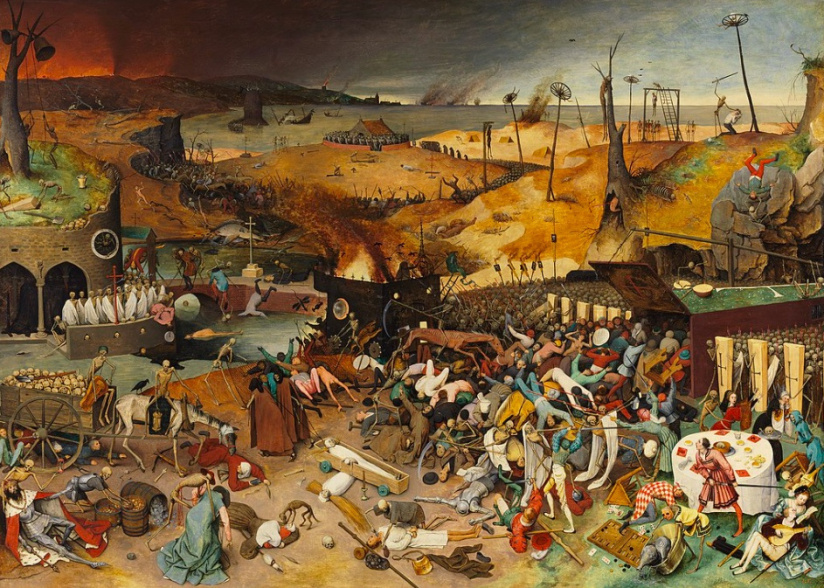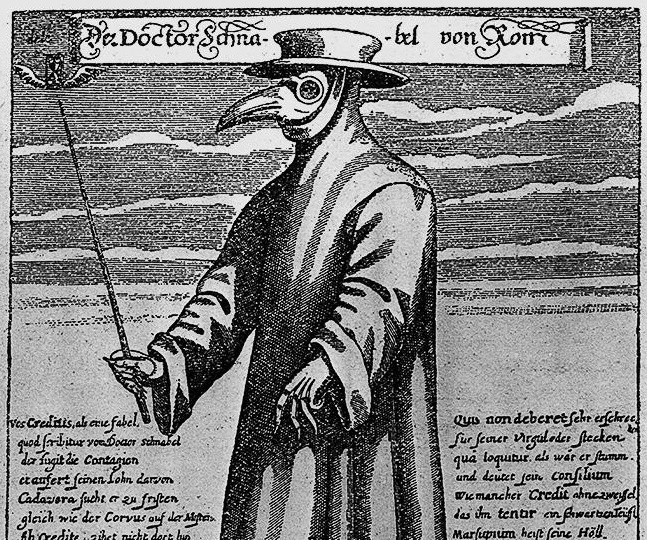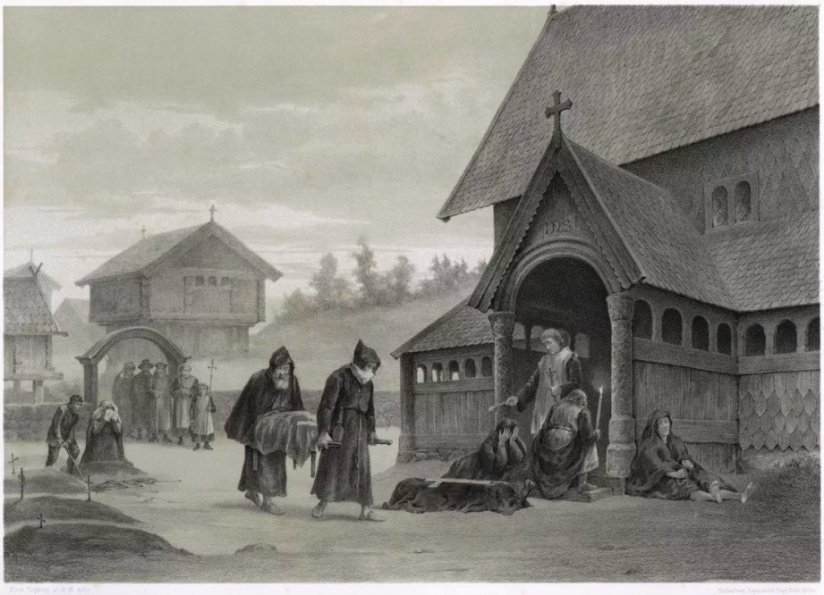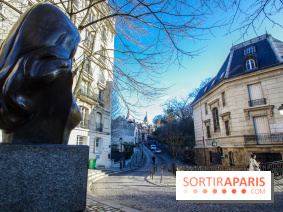In the 14th century, Paris suffered the worst plague epidemic in its history. It was neither the first nor the last that the capital would have to overcome, but its rapid spread and mortality in Europe, Asia, North Africa and Sub-Saharan Africa made it the only one to be dubbed the Black Death or Great Plague by historians.
Bubonic plague has been raging in Central Asia since 1334, and although Europeans have heard of this"Great Pestilence" decimating the populations of the Middle and Far East, it seems a long way off. Yet this great evil , which had already wreaked havoc in China, India, Persia, Syria and Egypt, was about to enter France by sea .
In November 1347, the Black Death, which travelled the Silk Road aboard ships loaded with merchandise, arrived in several Mediterranean ports - Messina in Sicily, then Marseille - on the backs of black rats. Clandestinely installed in the holds of ships, these rodents carried fleas in their fur, carrying the pathogenic agent that caused the plague: the bacillus Yersinia pestis .
Inside the ships, the few sailors still alive were found covered in black pustules oozing blood and pus. Frightened, the authorities ordered the sailing ships back to sea, but it was already too late: theepidemic had begunin the West and in France. A few months later, in the summer of 1348, the Great Plague arrived in Paris.
The symptoms, which indiscriminately affected men, women and children, bourgeois, nobles, ecclesiastics and the destitute, were terrible. As soon as they were infected, victims were struck down by violent headaches and a high fever, interspersed with delirious episodes and vomiting of blood.
In reality, there was not just one plague present in France, but three: bubonic plague, septicemic plague and pneumonic plague, which infects the lungs, causes a severe cough and is easily spread from human to human by expectorating droplets.
Patients infected with septicemic plague see their bodies covered with large dark spots, signs of subcutaneous hemorrhaging, while those infected with bubonic plague develop oozing buboes located in the neck, groin and armpit, which grow until they burst, causingterrible pain. Death usually occurs within three to five days.
Helpless in the face of such symptoms, and dressed in Doctor Schnabel costumes whose long beak is filled with herbs and fragrant plants to attenuate the pestilential effluvia emanating from the patients, the doctors rely on their limited knowledge and practise rudimentary treatments consisting of bloodletting, vinegar baths, rose water and decoctions of aromatic plants. But nothing seemed to cure this "disease of the bumps".
Relatives of sufferers fled Paris, hoping to escape the epidemic to the countryside. But, not knowing they were infected themselves, they actually spread the disease throughout the country. The people and the Church believe the disease is a punishment sent by God to punish men for their sins. To earn His forgiveness, processions of flagellants were organized in many French towns, along with macabre dances lasting days and nights until the participants were exhausted.
Distraught, the population looked for a scapegoat . Very quickly, the Jews were held responsible, accused of having poisoned the water in fountains and wells. Europe then witnessed a series of pogroms. Between 1348 and 1349, thousands of"heretics" - Jews, but also beggars, lepers and witches - were massacred, burned at the stake and stripped of their possessions.
While theHôtel-Dieu on theIle de la Cité quickly became saturated, thechurch of Saint-Germain-l'Auxerrois, the largest parish in Paris, counted 3116 deaths between April 1349 and June 1350. The Innocents cemetery, the main Parisian cemetery located on Place Joachim du Bellay in the Les Halles district and now no longer in existence, was unable to keep up with theabundance of corpses affected by the universal plague and piled into carts in the streets. At the time, there were 500 burials a day.
The same applied to the cemetery of the Hôpital de la Trinité, bounded at the time by Rue Saint-Martin, Rue Saint-Denis, Rue Greneta and Rue Guérin-Boisseau. For the record, work undertaken in 2014 by the Monoprix store at the corner of rue Réaumur and boulevard de Sébastopol - on the site of the Trinité cemetery destroyed in 1790 - unearthed many skeletons.
From then on, dozens of bodies were piled into mass graves, without any religious ceremony. The Corbeil boats, usually used to transport bread to the capital, were requisitioned to evacuate the remains from Paris . Renamed "corbillat", then "corbillard", after the town of Corbeil in the Essonne region, they carried hundreds of bodies down the Seine every day, in full view of Parisians.
In 1352, the Black Death epidemic finally came to an end. In 4 years, the Great Plague had decimated between 50,000 and 80,000 Parisians - almosta third of the capital'spopulation - and 25 million of Europe's 75 million people.
The Cimetière des Innocents and the Cimetière de l'Hôpital de la Trinité may have disappeared, but there are still many charming cemeteries to discover in Paris. Why not take a stroll?
To find out more, click here:
Location
Saint-Germain l'Auxerrois church
2 Place du Louvre
75001 Paris 1
Access
Metro Louvre - Rivoli - Pont Neuf.
More information
Iconography: The Triumph of Death, Pieter Brueghel the Elder, Prado Museum Doctor Schnabel © Mary Evans/Rue des Archives



























